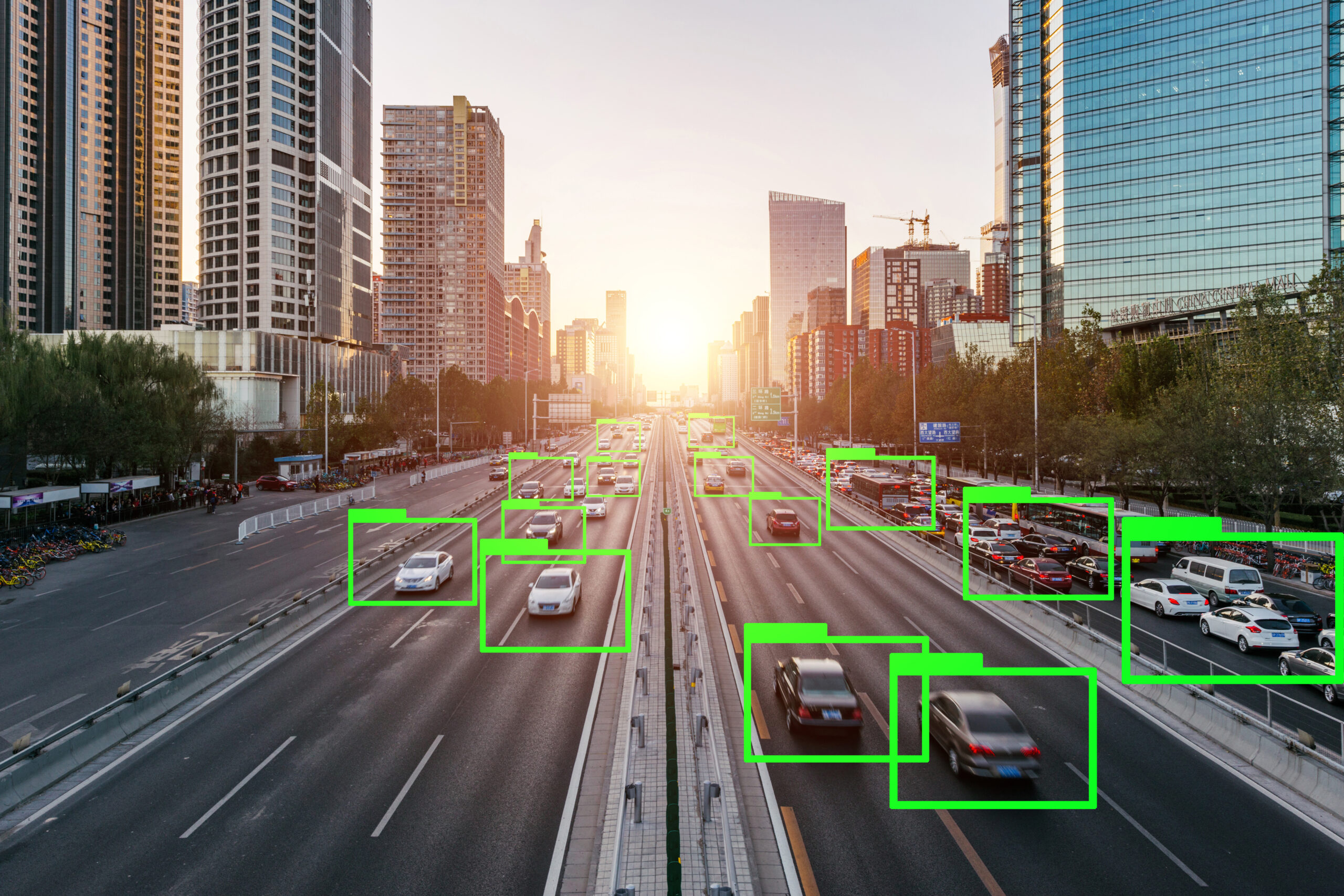Washington – May 31 – National League of Cities (NLC), in partnership with the Bloomberg Aspen Initiative on Autonomous Vehicles, today released a series of interactive future scenarios for autonomous vehicles. The launch highlights how AVs might improve equity and efficiency in cities across the United States.
Autonomous vehicles (AVs) are already on our streets, with pilots taking place in cities nationwide. More than 36 percent of large cities are planning for AVs in their long-range transportation plans, and pilots are expanding throughout the globe. The full story, however has not yet been written.
This new technology will have practical applications in transportation, housing, land use, parcel delivery, freight and more. While AVs have the potential to help cities address challenges that range from citizen isolation to closing transit gaps, the technology also presents risks. Effective government will play critical a role in pushing innovation forward. That future is already starting to unfold, and cities can prepare themselves to play a more informed, active role in shaping it.
These scenarios aim to help cities envision how autonomous technologies can improve life for residents – by improving mobility, decreasing isolation and increasing the use of public space. They will also help city leaders anticipate and plan for some of the risks that could include increasing congestion, lost revenue and new safety concerns.
“As cities increasingly become the center for jobs, we need to consider cost-effective, inclusive ways to ensure that everyone has equal access to mobility,” said Clarence E. Anthony, National League of Cities CEO and Executive Director. “Autonomous vehicles might offer part of that solution: they have the potential to unclog public transit and expand transportation access to more neighborhoods.”
Over 100 cities around the world have been mapped on the Global Atlas of Autonomous Vehicles (AVs) in Cities as piloting AVs, or have committed to doing so in the near future. Around 40 cities in the US are on that list, with even more cities around the world undertaking research on AVs.
“Autonomous vehicles give city leaders the opportunity to think boldly and broadly about issues like mobility, housing and parcel delivery, and also to think about how to deploy a range of new technologies to benefit all of their residents,” said Jennifer Bradley, Director, Center for Urban Innovation at the Aspen Institute. “AV pilots and rollouts could provide a model for a new relationship between government, residents, and tech companies so that technology serves the public good.”
Lastly, these reports touch on the need for legislation to govern the roll out and operation of these new technologies, as well as further research on artificial intelligence, safety precautions and limitations.
The scenarios, as well as the Global Atlas on AVS in Cities, was produced with support from Bits and Atoms, including research and design by Anthony Townsend and Bryan Boyer.
Read the scenarios here: http://avfutures.nlc.org/
###
The National League of Cities (NLC) is the voice of America’s cities, towns and villages, representing more than 200 million people across the country. NLC works to strengthen local leadership, influence federal policy and drive innovative solutions. Stay connected with NLC on Facebook, Twitter, LinkedIn and Instagram.
